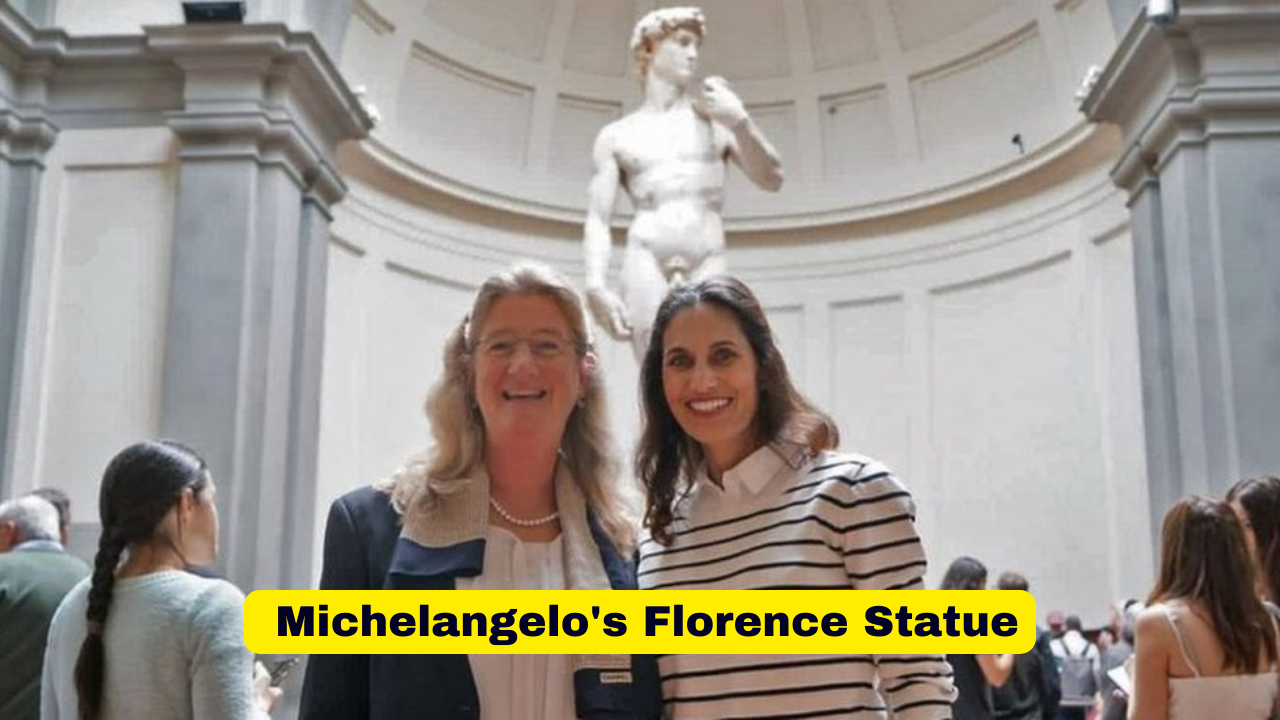Michelangelo’s David, the iconic Florence statue, has once again found itself at the center of a heated debate. Known for its remarkable artistry and historical significance, this Renaissance masterpiece has recently stirred controversy that has captured the attention of art enthusiasts and the general public alike.
Table of Contents
Michelangelo’s David
Michelangelo’s David, completed in 1504, stands as a symbol of Renaissance art and humanistic ideals. The Florence statue represents the biblical hero David, poised and ready for battle against Goliath. This sculpture is renowned for its detailed anatomy, expressing both strength and youthful beauty. Positioned in the Galleria dell’Accademia in Florence, it attracts millions of visitors annually.
The Recent Controversy
The latest controversy surrounding the Florence statue of David revolves around its conservation and the challenges posed by modern technology and environmental factors. Critics argue that recent restoration efforts, including the use of lasers and chemical treatments, may be causing more harm than good. Concerns have been raised about potential damage to the statue’s marble surface and the long-term effects of these interventions.
Public Reaction and Expert Opinions
The controversy has sparked a wide range of reactions from the public and art experts. Many art historians and conservationists have voiced their concerns about the preservation methods being used. They emphasize the importance of adhering to traditional techniques that have proven effective over centuries.
On the other hand, some experts argue that modern technology offers innovative solutions for art conservation. They believe that with proper research and application, these methods can help preserve the Florence statue for future generations without compromising its integrity.
Implications for Art Preservation
The debate over the Florence statue of David highlights broader issues in the field of art preservation. It raises questions about the balance between utilizing advanced technology and maintaining the authenticity of historical artworks. The controversy also underscores the need for ongoing dialogue and collaboration among conservators, historians, and scientists to develop best practices for preserving cultural heritage.
Conclusion
Michelangelo’s David remains an enduring symbol of artistic achievement and human expression. The current controversy surrounding its preservation reflects the challenges and complexities inherent in maintaining such an iconic piece of history. As the debate continues, it is crucial to consider the implications for art conservation and to strive for methods that honor the past while safeguarding the future.
